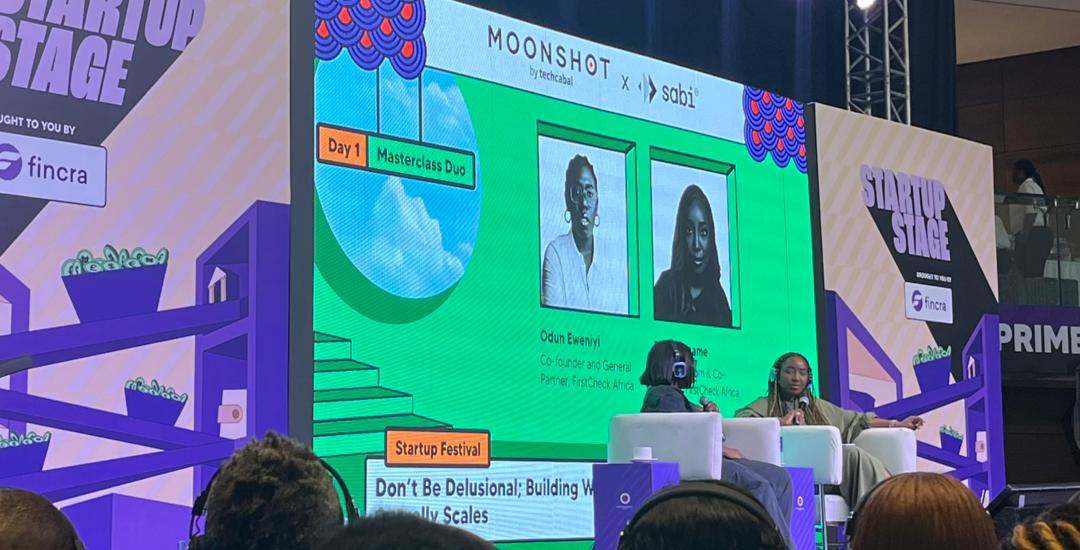Andrew Zakonov, VP Business at JetBrains/Image: Supplied
While the developer community is broadly in agreement about AI’s potential to take on an increasing number of software development tasks – from code generation to testing and refactoring – there is less consensus on the speed and extent to which this could happen.
Making accurate predictions about the future is difficult, but from numerous conversations leading to GITEX in Dubai it is clear that there is significant enthusiasm for AI agents in software development, although this is tempered by some doubts, especially when the conversation turns to finer details.
This is reflected in global research showing that while 93 percent of organizations surveyed plan to trial agents for software development, only 27 percent believe these agents will become fully autonomous, down from 43 percent by 2024.
This is of particular importance in the UAE, with its clear ambitions and a strategy to foster a development ecosystem through initiatives such as the National Program for Coders, which aims to train 100,000 programmers within five years. In such a dynamic environment, effectively implementing AI agents will be essential.
So how can development teams prepare for successful human-AI collaboration? This depends in part on how quickly and deeply they commit to integrating AI agents. It is useful to think of two possible scenarios: the first in which AI agents will be integrated into the development process at a slower pace and function as a valuable assistant to human developers, and the second in which AI will play a more dominant role in development at all stages of the process.
Scenario 1: Collaboration between developers and agents
AI support extends beyond code completion, with agents becoming active team members, able to autonomously solve problems, update documentation, and clean up codebases. This allows human developers to shift their focus to complex, creative work. Additionally, AI agents/assistants will expand into non-coding roles such as QA, DevOps, and product management.
To manage the work with the coding agents, the developer toolkit must evolve. Integrated Development Environments (IDEs) will transform and include intuitive interfaces that allow people to assign tasks, track progress, and assess the output of AI agents. This requires creating tools that build trust, allowing developers to quickly verify the AI’s actions. In addition to coding, the next generation of AI will also automate tasks such as debugging, profiling and environment configuration, further expanding human capabilities.
“Even with current LLM models, code can be generated in seconds via completion and edit prediction. In this first scenario, context switching will be minimized with ‘one window, one chat’ coding. Short prompt tasks will be completely taken over by the agents, saving hours of development. At the same time, it will not completely solve business problems because a business case usually requires more than one developer is necessary,” says Andrew Zakonov, VP Business at JetBrains.
As machine-generated code continues to spread, new control mechanisms are critical. This includes implementing Git-level tags to mark code as AI-generated for traceability and developing specialized audit and testing tools to ensure machine-written code meets quality standards.
Scenario 2: Developer as agent leader
The shift to a “full” AI future depends on creating collaborative models where AI development teams take the lead. This requires solving three core challenges: building seamless AI workspaces, developing next-generation collaboration tools, and creating an AI-native marketplace.
The biggest challenge is defining the points of interaction between human insight and AI productivity, a field called Human-AI eXperience (HAX). Developers will need radically new IDEs designed to guide and verify a flood of AI-generated code. These tools should automatically understand, validate, and summarize AI output, leaving human developers free to focus on high-level architecture and requirements.
For AI developers to work effectively, they must be given a single, integrated environment that provides the tools they need without friction. This means going beyond complex integrations to give AI agents direct, seamless access to all development tools (coding, testing, debugging, documentation) from a single interface. The agent’s physical “home” must also be addressed, either through centralized cloud platforms or through secure, offline-first local inference environments.
Finally, scaling AI productivity requires a new code reuse hub. A dedicated AI-first marketplace should have built-in sandboxing for secure testing and automated verification pipelines to check quality and compatibility. This allows AI teams to move faster, share assets securely, and continuously improve codebases, creating a scalable autonomous development ecosystem.
Regardless of what the future holds, one thing is clear: AI will evolve from a supportive assistant to a proactive player in coding, testing and analysis. This shift will create new roles for developers as guides and reviewers, working closely with AI agents.
Whether AI agents quickly take the lead in software development or remain assistants to human developers for a longer period of time, their contributions will be key to the success of developer teams. It is essential that organizations read the market and develop a blueprint that works for their organization.








